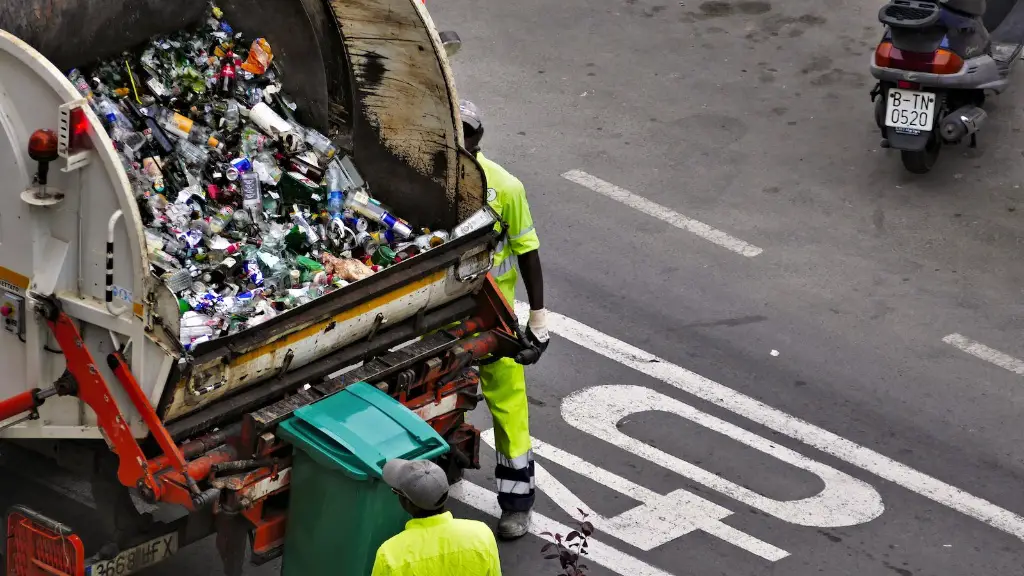The global population continues to increase exponentially, with no sign of slowing. As a result, the demand for transportation has also skyrocketed, with both private vehicles and public transit usage exhibiting equal yearly growth. Consequently, transportation is now a leading source of greenhouse gas emissions that contribute significantly to global warming– a major environmental concern worldwide. Due to this, environmental researchers are prioritising the search for alternative modes of transportation that are capable of reducing emissions while still providing commuters with efficient and reliable service. Public transport may be one such solution.
Public transportation is an effective means of reducing greenhouse gas emissions by reducing the number of people travelling by car and by decreasing the amount of fuel required for each journey. By encouraging commuters to use public transit, for example, cities can reduce traffic congestion, pollution and the amount of fuel consumed by motorists. Further, many cities have also implemented systems to ensure that these vehicles are powered by renewable sources of energy, such as electricity and biofuels, rather than petrol or diesel. This reduces the dependence on fossil fuels, and thus reduces the release of greenhouse gases into the atmosphere.
Additionally, public transport can also reduce the amount of energy required to move people and goods. By providing efficient and reliable service, companies can minimize the time required to travel and reduce the energy expended on journey related activities. This is especially applicable in densely populated areas, where the efficiency of public transportation systems directly impacts the amount of energy consumed on a daily basis. Moreover, by incentivising commuters to use public transport, many governments have managed to reduce the amount of fuel used for personal transport, lowering both emissions and costs significantly.
However, there are some potential drawbacks to public transport. In some cases, transitioning to public transport can be expensive and require extra expenditure on infrastructure, such as building new transport stations and purchasing new equipment. Moreover, some cities may lack sufficient infrastructure to support the increased amount of transit required to make the switch to public transportation feasible. These issues must be addressed in order to ensure that the transition to public transit is both affordable and practical. Additionally, public transport may also have a negative effect on air quality and noise pollution if the vehicles are not adequately maintained and regulated, thus exacerbating global warming rather than helping to combat it.
In conclusion, while public transport is an effective way to reduce emissions, there are some potential drawbacks that need to be addressed in order for it to be successful. With proper regulation and maintenance, public transport can provide a reliable and efficient service that would reduce both the amount of energy and emissions required to move people and goods. Further, public transportation can help to reduce the amount of traffic on the roads, leading to fewer accidents and less strain on existing infrastructure. Thus, a shift towards public transport can be beneficial in combating global warming and creating healthier, cleaner cities.

